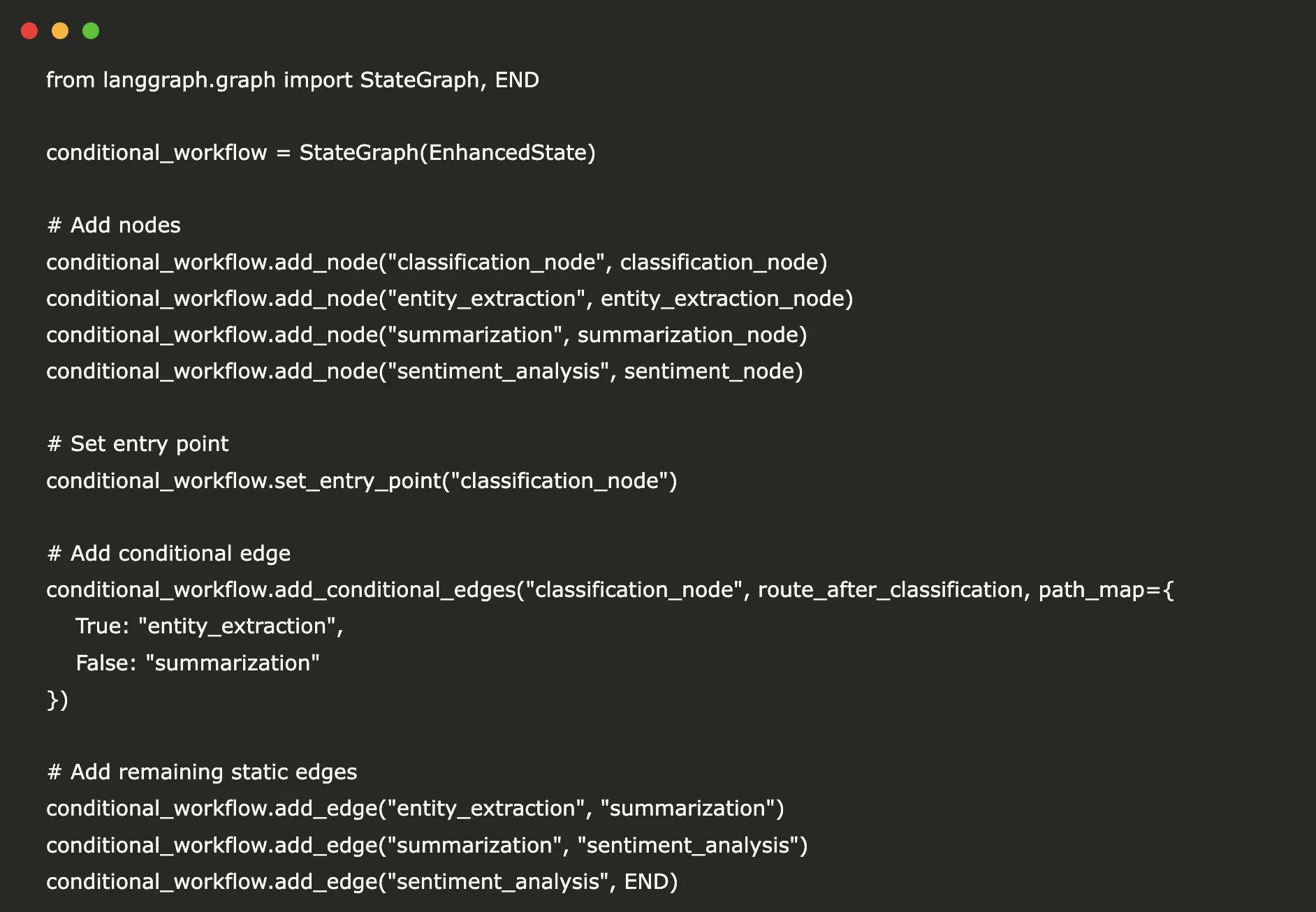
Unlocking the Power of LangGraph: A Comprehensive Guide to Text Analysis Pipelines
Introduction to LangGraph
LangGraph is an innovative framework developed by LangChain, specifically designed to facilitate the creation of stateful, multi-actor applications using large language models (LLMs). This framework provides developers with the essential structure and tools required to construct sophisticated AI agents via a graph-based methodology.
Consider LangGraph as an architect's drafting table, enabling users to design how their AI agents will think and operate. Just as an architect meticulously sketches blueprints to illustrate how various rooms in a building interconnect, LangGraph empowers users to architect the connectivity of different capabilities and the flow of information within their agents.
Key Features
- State Management: Maintain persistent states across interactions, ensuring continuity in user experiences.
- Flexible Routing: Define complex workflows and interactions among various components of the application.
- Persistence: Enable users to save and resume workflows effortlessly, enhancing usability.
- Visualization: Offer graphical representations to help users understand the structure and functionality of their agents.
This tutorial, presented by Nir Diamant, outlines the process of utilizing LangGraph to construct a multi-step text analysis pipeline. The pipeline operates through three distinct stages:
- Text Classification: Automatically categorize input text into predefined categories.
- Entity Extraction: Identify and extract key entities from the provided text.
- Text Summarization: Generate concise summaries of the input text to distill essential information.
This practical guide showcases the versatility of LangGraph, demonstrating its potential to streamline complex processes while enhancing the capabilities of AI agents.
Rocket Commentary
LangGraph represents a significant advancement in the landscape of AI-driven applications, with its graph-based approach promising to enhance the interconnectivity and functionality of AI agents. However, while the framework's state management and multi-actor capabilities are commendable, we must remain vigilant about the ethical implications of such powerful tools. As developers gain the ability to create more sophisticated AI systems, the responsibility to ensure these technologies are used ethically and transparently becomes paramount. Furthermore, the potential for misuse in business contexts cannot be overlooked; thus, the industry must prioritize accessibility and responsible deployment. LangGraph could indeed be transformative, but it is crucial that its adoption is accompanied by robust governance frameworks to prevent unintended consequences.
Read the Original Article
This summary was created from the original article. Click below to read the full story from the source.
Read Original Article